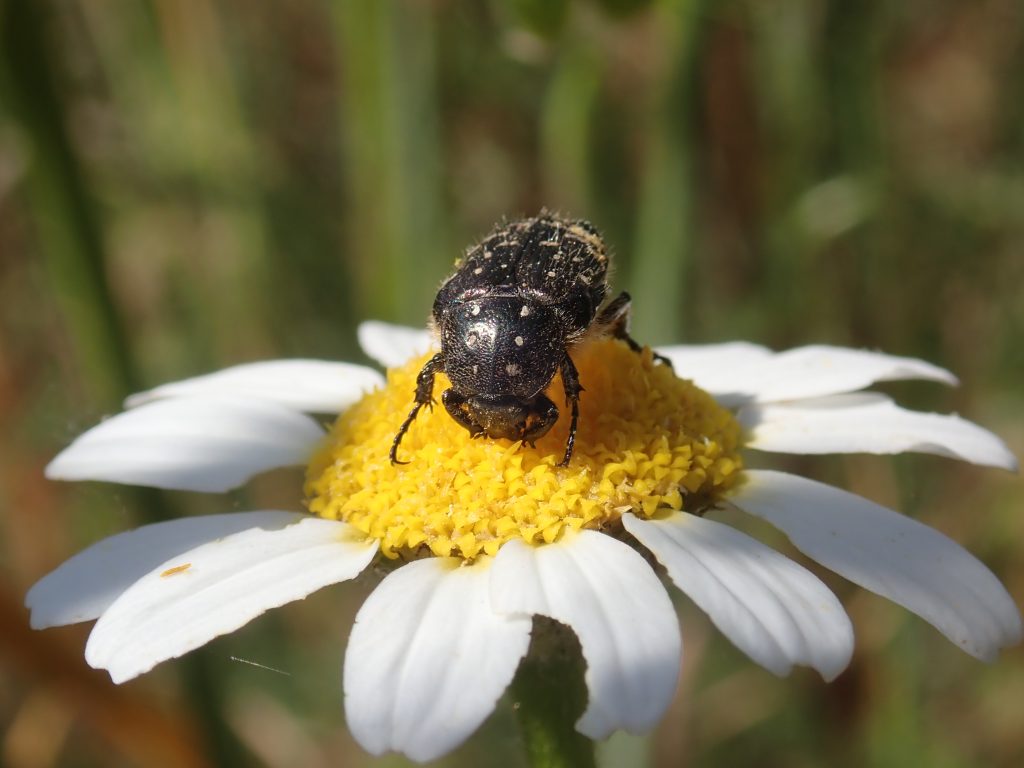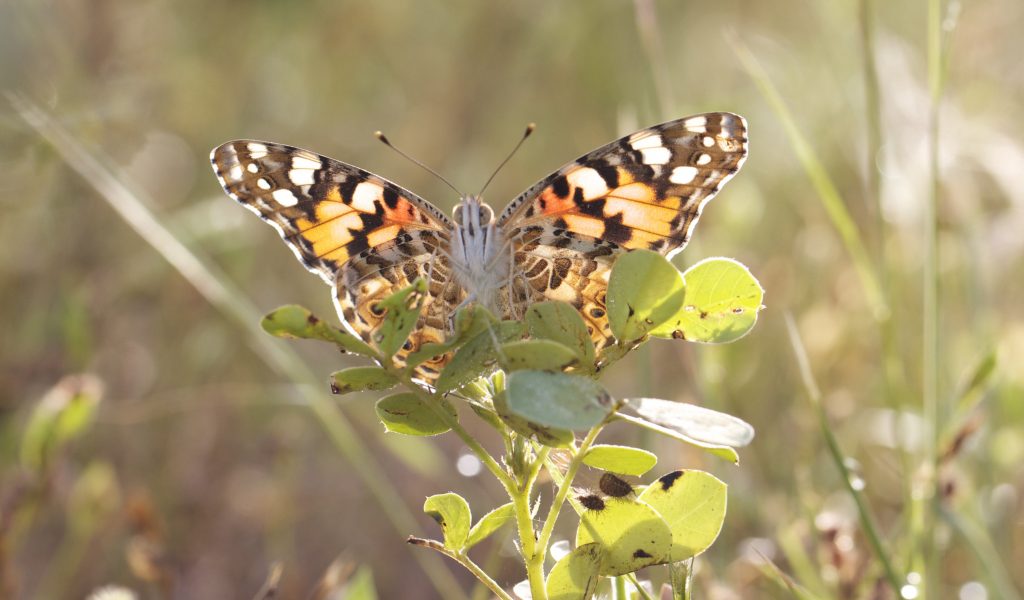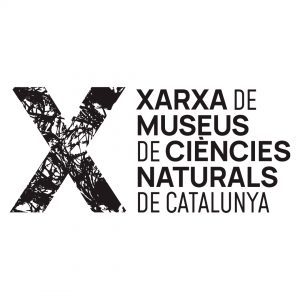Fossils show that insect pollinators are older than flowering plants

Of all currently known living species, angiosperms (flowering plants) and insects together account for almost 75%, highlighting the evolutionary success of both groups. This has led to the widely accepted hypothesis that these two groups co-evolved and that pollination emerged with the appearance of flowers around 130 million years ago. However, fossil evidence indicates that insects were already pollinating gymnosperms (non-flowering plants) more than 250 million years ago.
The Importance of Fossils in Studying Pollination History
The study of fossil insects preserved in amber (fossilized resin) has provided scientists with crucial insights. Not only have they identified specialized anatomical structures resembling those of modern pollinators, but they have also found pollen attached to the bodies of these fossilized insects. This analysis confirms that pollinating insects existed long before flowering plants evolved.
Thanks to fossil studies, researchers have traced the history of pollination. All modern pollinating insect groups, as well as extinct ones, originated well before the emergence of flowering plants. The insects that initially participated in pollination hundreds of millions of years ago, before the existence of bees and butterflies, were very different from today’s pollinators.
Transformation of Pollination Networks
Despite uncertainty about their exact origins, when angiosperms evolved, they took advantage of an existing network of gymnosperm pollinators that had been in place for millions of years. The diversification of this new plant group reshaped pollination dynamics, favoring certain insect orders while others failed to adapt to the new ecological conditions, eventually being replaced by new pollinators.
This specialization of new pollinator lineages, including many of today’s pollinators, transformed terrestrial ecosystems during the Cretaceous period, leading to increased complexity in plant-insect relationships. The pollinator communities we see today represent only the most recent stage of an evolutionary process that has been ongoing for hundreds of millions of years. The fossil record provides crucial insights into how pollination has evolved over time, which can help us understand how modern ecosystems might respond to environmental pressures such as climate change and habitat loss.
In the future, the discovery of new, previously unknown fossils and the use of increasingly precise evolutionary analysis techniques are expected to provide further evidence, deepening our understanding of the evolutionary history of pollination. By studying how pollination evolved and adapted to past environmental changes, scientists can better predict how it may change in the future.
Reference article:
Peris, D., Ollerton, J., Sauquet, H., Hidalgo, O., Peñalver, E., Magrach, A., Álvarez-Parra, S., Peña-Kairath, C., Condamine, F.L., Delclòs, X. and Pérez-de la Fuente, R. (2025), Evolutionary implications of a deep-time perspective on insect pollination. Biol Rev. https://doi.org/10.1111/brv.70008
















